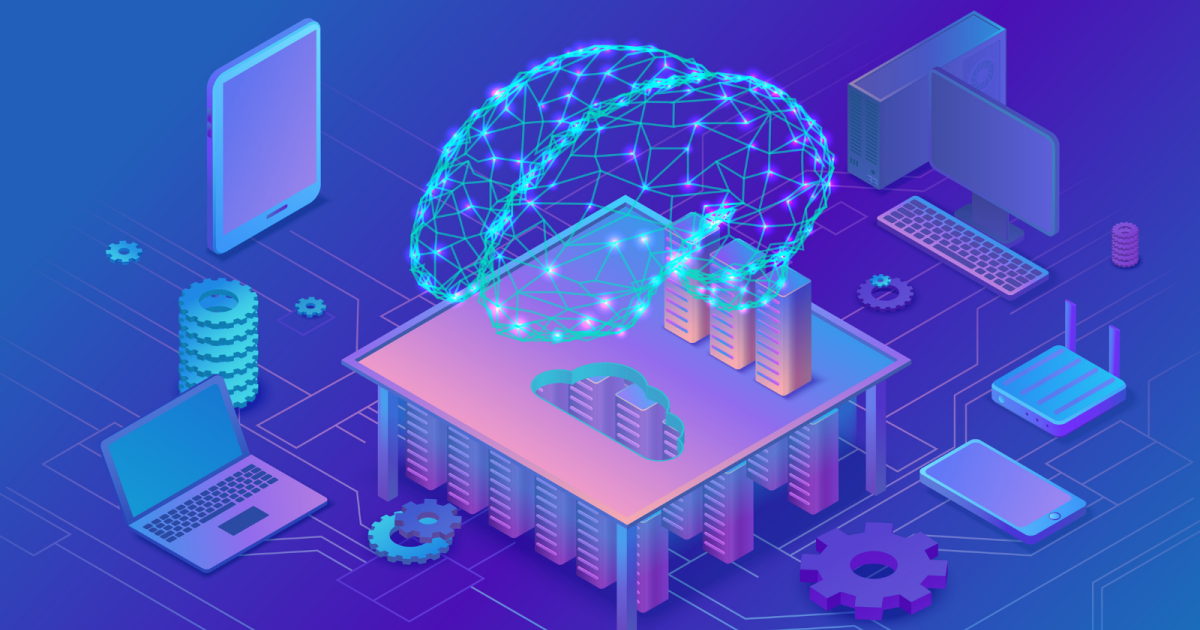
Artificial intelligence (AI) based document verification is a process of using advanced technology to authenticate and validate various types of documents, such as ID cards, passports, visas, and certificates. This technology uses a combination of machine learning algorithms and image processing techniques to analyze and compare the information contained in a document against a set of predefined criteria, such as biometric data, facial recognition, and text recognition.
How does it work?
The technology behind AI-based document verification is relatively simple. It generally involves the following steps:
Image capture:
The first step in the process is to capture an image of the document in question. This can be done using various devices, such as cameras, scanners, and smartphones.
Image processing:
The image of the document is then processed to extract various features, such as text, images, and biometric data. This is done using image processing algorithms, such as optical character recognition (OCR) and facial recognition.
Feature extraction:
Once the image has been processed, various features are extracted, such as text, images, and biometric data. These features are then used to compare the document to a set of predefined criteria.
Comparison: The extracted features are then compared against a set of predefined criteria, such as biometric data, facial recognition, and text recognition, to determine if the document is authentic or not.
Decision making:
Once the comparison is complete, a decision is made on whether the document is authentic. If the document is authentic, it is accepted, and the process is complete. If it is not authentic, it is rejected, and the process is completed.
Benefits of Document Verification:
One of the main benefits of AI-based document verification is its ability to quickly and accurately verify the authenticity of a document. Traditional methods of verifying documents, such as manual inspection and comparison, can be time-consuming and prone to errors. With AI-based verification, the process is automated and can be completed in a matter of seconds, reducing the risk of human error.
Detect fraudulent documents:
Another benefit of document verification is its ability to detect fraudulent documents. This technology can analyze various features of a document, such as text, images, and biometric data, to determine if it is authentic or a forgery. This can help organizations and government agencies prevent identity fraud and protect against other forms of financial and criminal activities.
Compliant with Laws and Regulations:
AI-based verification of documents also enables organisations to comply with various regulations and laws, such as the General Data Protection Regulation (GDPR) and the Know Your Customer (KYC) regulations. These regulations require organizations to verify the identity of their customers and ensure that they are not involved in any illegal activities. AI-based documentation verification can help organizations meet these requirements by providing a secure and efficient way to validate the identity of their customers.
Increased speed and efficiency:
AI algorithms can quickly process and verify large amounts of documentation, reducing the time and resources needed for manual verification.
Improved accuracy:
AI-based systems can be trained to recognize patterns and identify anomalies in documents, reducing the likelihood of errors or fraud.
Reduced costs:
Automating the document verification process can significantly reduce labour costs and increase operational efficiency.
Enhanced security:
AI-based systems can be designed to detect and prevent fraud, making the verification process more secure.
Considerations:
There are a few key considerations that organizations should take into account when implementing AI-based document verifiers. One of the most important considerations is the quality of the image captured. Poor-quality images can make it difficult to extract the necessary features and may result in a false rejection or acceptance of a document. Organizations should also ensure that they have the necessary infrastructure, such as servers and storage, to support the processing and storage of images.
Another important consideration is the security of the system. AI-based verification of document systems store and process sensitive information, such as personal data and biometric data. It is essential that organizations have proper security measures in place to protect this information from unauthorized access and breaches.
Conclusion:
In conclusion, AI-based document authentication is a powerful technology that can help organisations and government agencies quickly and accurately verify the authenticity of documents, detect fraudulent documents, and comply with various regulations and laws.


